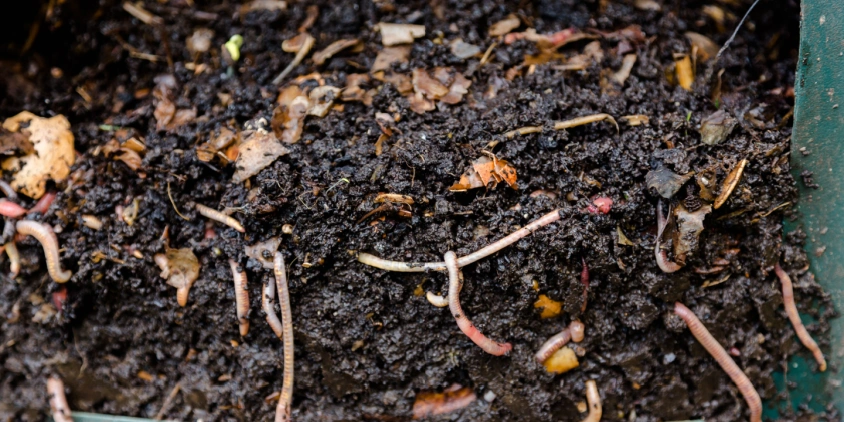
Organic Fertilizers And Their Benefits For Crops
As the tendency toward sustainable and particularly organic agriculture continues to rise, more and more large-scale farmers and food producers are considering integrating organic fertilizers into their operations. These products can enhance soil health, reduce dependence on synthetic chemicals, and contribute to a more sustainable environment. In this article, we take a look at the pros and cons of organic fertilization, as well as different types of natural plant feed and their specifics. Although there are some challenges and compromises associated with fully switching to organic systems, even partial adoption of natural fertilizers can benefit agricultural sustainability.
What Are Organic Fertilizers, And Why Are They Used?
Organic, or natural, fertilizers come from natural sources, and they comprise a minimum of one essential nutrient to feed plants. Some examples of all-natural plant feed are compost, manure, and rock powders. For plants to be able to assimilate the nutrients in organic fertilizer, soil microbes must first transform the nutrients from an inaccessible form into a bioavailable one. This results in a slower release of nutrients than is typical for inorganic products, as well as enhanced soil quality due to the inclusion of organic matter.
Organic fertilizers are natural materials that might come through naturally occurring biochemical processes, as opposed to inorganic (synthetic) fertilizers, which are inorganic materials of synthetic origin.
Although the introduction of inorganic fertilizing products greatly increased crop yields, the result came at a high price. Over time, the heavy reliance on chemicals has taken a toll on soil fertility. As a result, farmers are now using even more chemicals to make up for it, creating a downward spiral . As more farmers learn about this effect of fertilizing with synthetics, they turn to organic fertilizing products as a supplement or the only source of nutrients to help soil fertility gradually go upward.
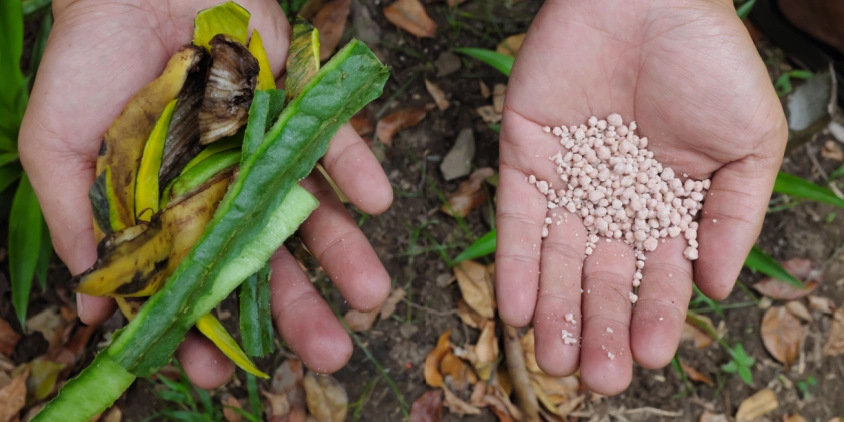
What Are The Advantages Of Organic Fertilizers?
A movement toward organic fertilizing has developed in response to growing awareness of the risks posed by chemicals to the environment. In this regard, the most prominent benefits of organic fertilizers include:
- Enhanced soil quality. The addition of organic compounds to soil improves its water-holding capacity and makes the soil structure lighter.
- Healthy soil ecosystem. Organic farming fertilizers contain soil organic carbon, which supports beneficial bacteria responsible for nutrient breakdown and cycling.
- Supplying nutrients slowly and continuously. Natural plant feed achieves a long-lasting effect because of its slow release, which enables the nutrients to reach the crops as they grow.
- Reduced risk of overfertilizing. Natural fertilizing products are used by plants at slow rates and rarely run off, in contrast to synthetic ones, which tend to overfeed crops and run off much more often.
- Prioritizing sustainability. Organic-based fertilizers typically give new life to natural materials that would otherwise end up in the trash, unlike synthetic fertilizing products, which heavily depend on fossil fuels and contribute to environmental pollution .
- No need to decompose residual fertilizers. Natural plant feed completely dissolves on its own, eliminating the need for additional procedures to neutralize leftovers, as is possible with synthetic chemicals.
There is a common belief that using natural materials for fertilizing in any way is completely safe. Actually, the improper application of organic or synthetic products, particularly excessive fertilization, can lead to nutrient toxicity, salt burn, or water contamination. When used properly, fertilizing products — whether organic or synthetic — are safe.
To get the maximum benefit from fertilizing, rely on satellite crop monitoring technology. Fertilizing at varied rates becomes much easier thanks to our Productivity maps. Based on historical productivity data from different zones in your field, you may direct the applications of potassium and phosphorus away from areas where these compounds may have built up over time.
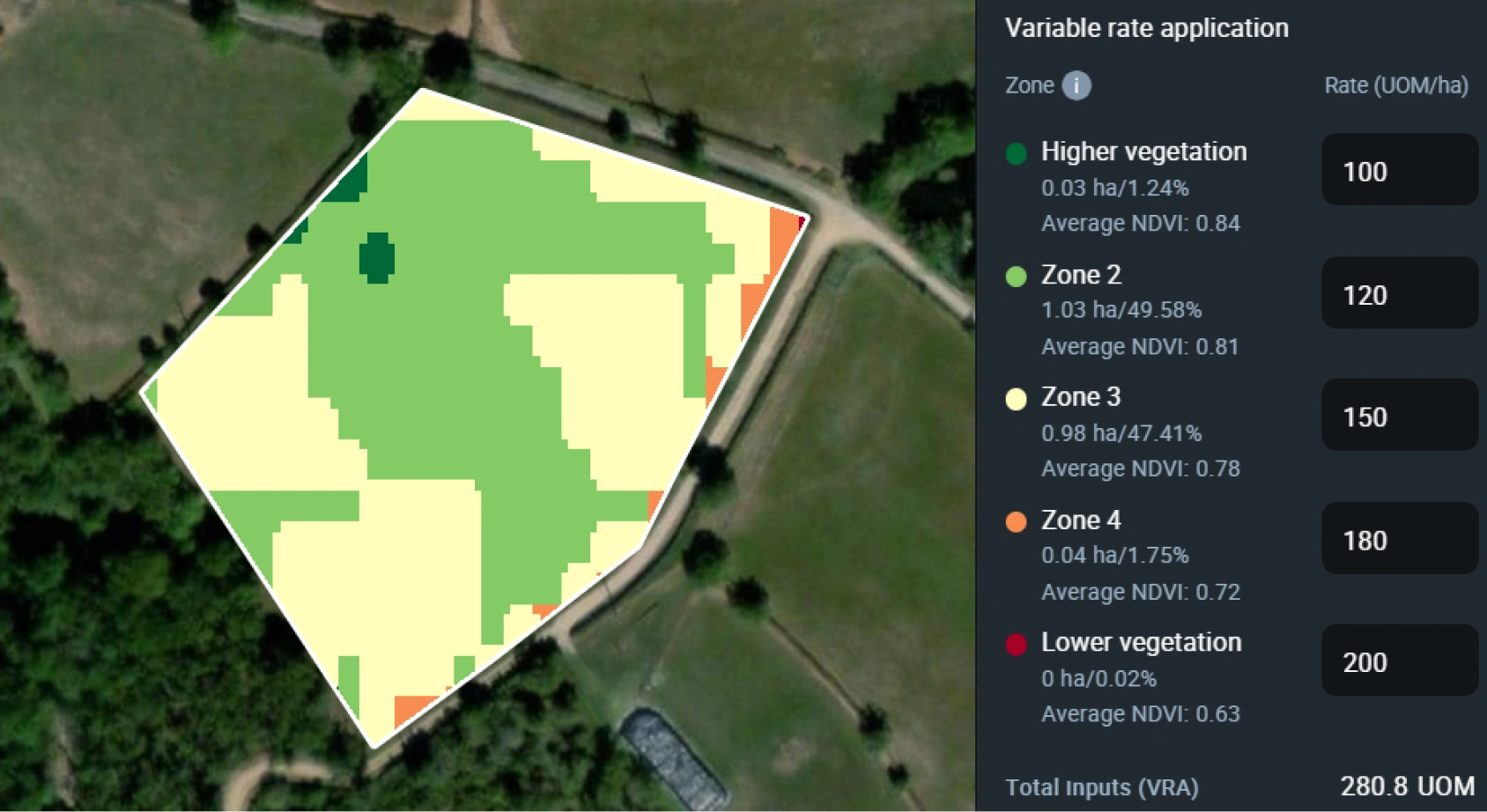
EOSDA Crop Monitoring
Offering high-resolution satellite images for fields analytics to monitor crops health remotely!
Are There Any Disadvantages Of Organic Fertilizers?
Because the nutrient content of organic-based fertilizing products differs depending on the materials they are made from, optimizing the nitrogen, phosphorus, and potassium (NPK) ratio is quite challenging. Natural fertilizing products often have far lower amounts of nitrogen and phosphorus than chemical ones. A possible answer to this problem could be fertilizing products made from manure, which include NPK nutrients and remain organic.
The cons of organic fertilizers stem from their nature and include:
- Varying nutrient content. The amount of primary nutrients in natural fertilizing products is not fixed. In terms of preventing overfertilizing, gradual nutrient release partially offsets this drawback.
- Need for sufficient microorganisms. It may take longer for bacteria to reproduce and decompose organic substances in soil with a low microbial population.
- Slow effect on plants. The effect of any natural fertilizer on plant growth is gradual because of its slow release. At the same time, you’ll only need to apply organic-based plant feed once to last for quite some time.
The application of natural fertilizing products does not have the same straightforward effect as the use of synthetic ones. Therefore, when using all-natural fertilizers, it is important to closely monitor the condition of the vegetation in the field and utilize modern technologies that can help predict yields by analyzing the soil and other factors. Now, farmers can get an accurate yield estimate and fine-tune field activities using our custom yield prediction solution, which incorporates vast amounts of data with an innovative approach that mingles two types of yield prediction models.
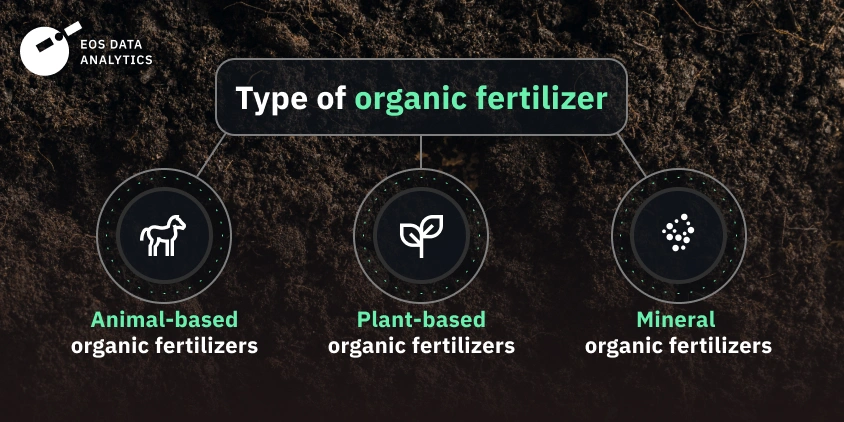
Types Of Organic Fertilizers
The basis for classification is the source from which organic fertilizer is derived. Raw materials for natural plant feed mostly come from crop residues and horticulture byproducts, livestock husbandry and slaughterhouse byproducts, and naturally occurring minerals. As a result, three organic fertilizer types are distinguished: plant-based, animal-based, and mineral-based, which will be discussed in the following sections.
Animal-Based Organic Fertilizers
Animal manure and slaughterhouse byproducts are the main sources of animal-based natural fertilizers. Compared to products made from plants, these ones enrich soil with more nitrogen. Hence, they work best for growing corn and leafy vegetables. Cow manure has become the go-to natural plant feed due to its well-balanced nutritional profile. Other examples of animal-based organic fertilizers include:
- Blood meal is a great source of nitrogen, promoting robust foliage development.
- Bone meal provides plants with calcium and phosphorus, which they need for root growth and flowering.
- Feather meal is a source of slow-release organic nitrogen.
- Bat guano comprises all the macronutrients and has an NPK ratio of around 8–5–1.5.
- Poultry (chicken) litter has a high NPK content and, in total, contains 13 essential nutrients for plants.
- Horse manure is an organic crop fertilizer high in nitrogen.
- Urine contains all the macronutrients, with an average NPK ratio of 11–2–4.
- Fish emulsion and enzymatically digested hydrolyzed liquid fish are both organic liquids that work quickly and are high in macronutrients and trace elements.
- Fish meal is a rich source of nutrients, especially nitrogen and phosphorus.
- Fish powder is high in nitrogen while also being a source of phosphorus, potassium, and trace elements.
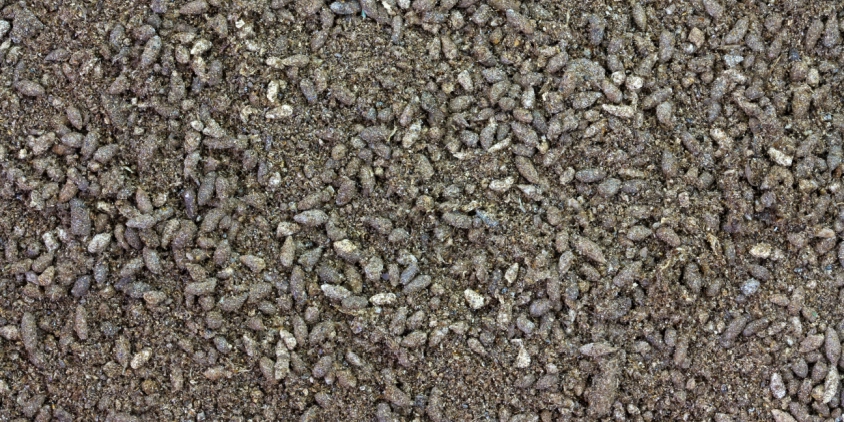
Plant-Based Organic Fertilizers
Plant-based fertilizing products, often derived from agricultural leftovers, might help farm businesses approach more self-sufficiency. These fertilizing products decompose relatively quickly and supply crops with many important nutrients. If your field is not good in terms of drainage and retaining soil moisture, plant-based fertilizing products can be a beneficial choice as they encourage soil structure improvements.
Here’s a list of popular plant-based organic fertilizers:
- Alfalfa meal or pellets contain large amounts of potassium and nitrogen and typically are weed-free.
- Corn gluten meal is a slow-release N-fertilizer highly beneficial for leafy vegetables.
- Cottonseed meal provides macro- and micronutrients while lowering soil pH.
- Soybean meal has a high nitrogen content for an organic plant fertilizer, frequently hitting 7%.
- Ash is an excellent source of potassium and trace elements, which can also treat overly acidic soils.
- Peat maintains a healthy soil pH and is rich in macronutrients and secondary nutrients like magnesium and calcium.
- Compost is a slow-releasing fertilizing product that contains low levels of nitrogen, potassium, and phosphorus and is applied in large quantities.
- Seaweed and kelp fertilizing products contain macronutrients, micronutrients, and growth hormones.
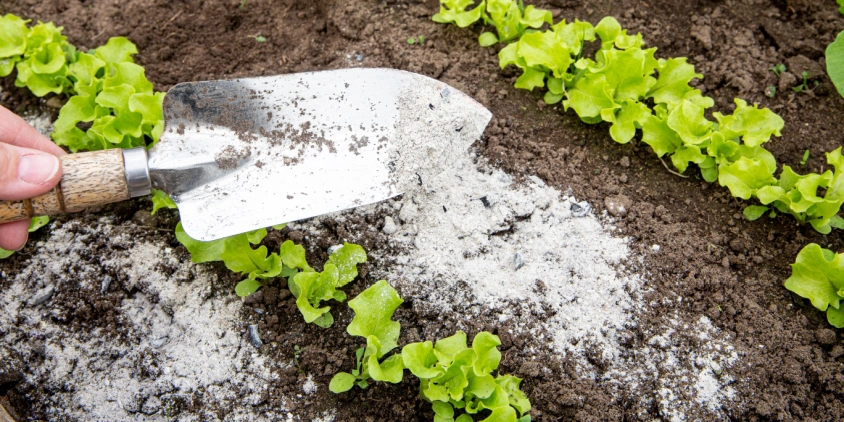
Mineral-Based Organic Fertilizers
Mineral-based fertilizers are made from minerals that are already present in nature. The slow-release characteristic of mineral-based plant feed is a major benefit because it guarantees a consistent supply of nutrients for a long time. This improves plant absorption and reduces the likelihood of nutrients leaking. Furthermore, organic-based fertilizers made of natural minerals enhance soil texture and water retention and encourage the growth of beneficial microbes.
The most common mineral-based natural fertilizing products include the following:
- Greensand is an excellent potassium source, both as an amendment on its own and as an additive to fertilizing mixtures.
- Limestone, thanks to its high calcium carbonate content, helps boost the fertility of the soil by improving its chemical properties (for example, reducing acidity).
- Rock phosphate (phosphorite) is a low-priced natural source of slow-releasing soluble phosphorus.
- Langbeinite provides easily accessible potassium, magnesium, and sulfur for plants.
- Rockdust can be manufactured by grinding any sort of mined rock into a fine, mineral-rich powder that may greatly improve soil health.
- Unprocessed natural potassium sulfate, rich in potassium and sulfur, is widely used on potatoes, legumes, avocados, and other crops sensitive to chloride in soils.
Soil and crop health are two primary factors that farmers should think about when deciding which type of fertilizer to use. As the sustainable agriculture movement gains momentum, the advantages of organic fertilizers — which improve soil health, crop yields, and agricultural resilience — should become more widely recognized.
About the author:
Vasyl Cherlinka is a Doctor of Biosciences specializing in pedology (soil science), with 30 years of experience in the field. He attended the engineering college in Ukraine and received his degree in agrochemistry, agronomy and soil science in the Chernivtsi National University. Since 2018, Dr. Cherlinka has been advising EOSDA on problems in soil science, agronomy, and agrochemistry.
Recent articles

Analyze 2025 & Plan Your Best Year Yet: LandViewer Christmas Offer
It’s the most wonderful time of the year! The Christmas holidays are here, and so is your chance to analyze 2025 and plan a prosperous 2026 with more affordable Pro plans in LandViewer.

EOSDA Models Climate Change Impact On Sugarcane Yields
EOSDA modeled future temperature, rainfall, and other climate impacts on Veracruz sugarcane. The results help growers plan long-term adaptation strategies, including timing, varieties, and irrigation.

EOSDA LandViewer Black Friday Sale: Exclusive Offers & Giveaway
This Black Friday, LandViewer offers new users the chance to save on monthly plans, get extra months with yearly subscriptions, and participate in a free annual plan giveaway.